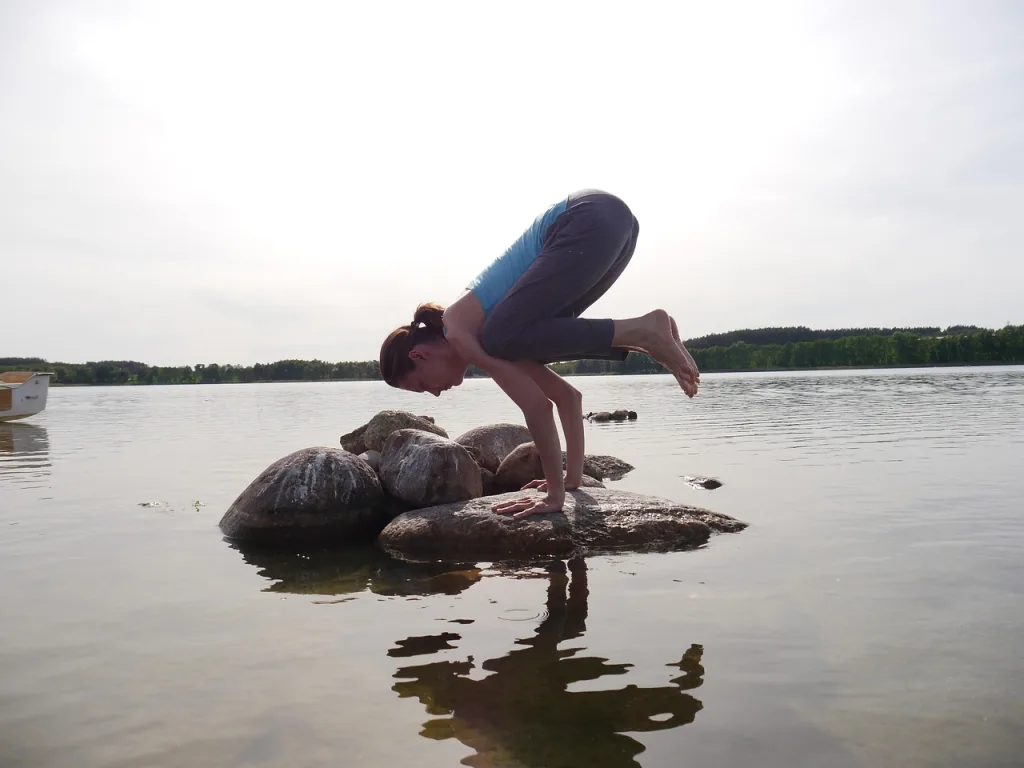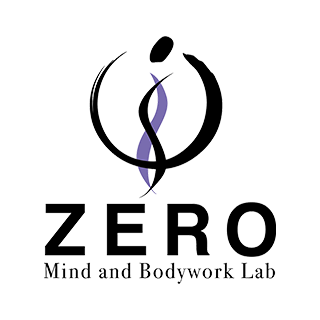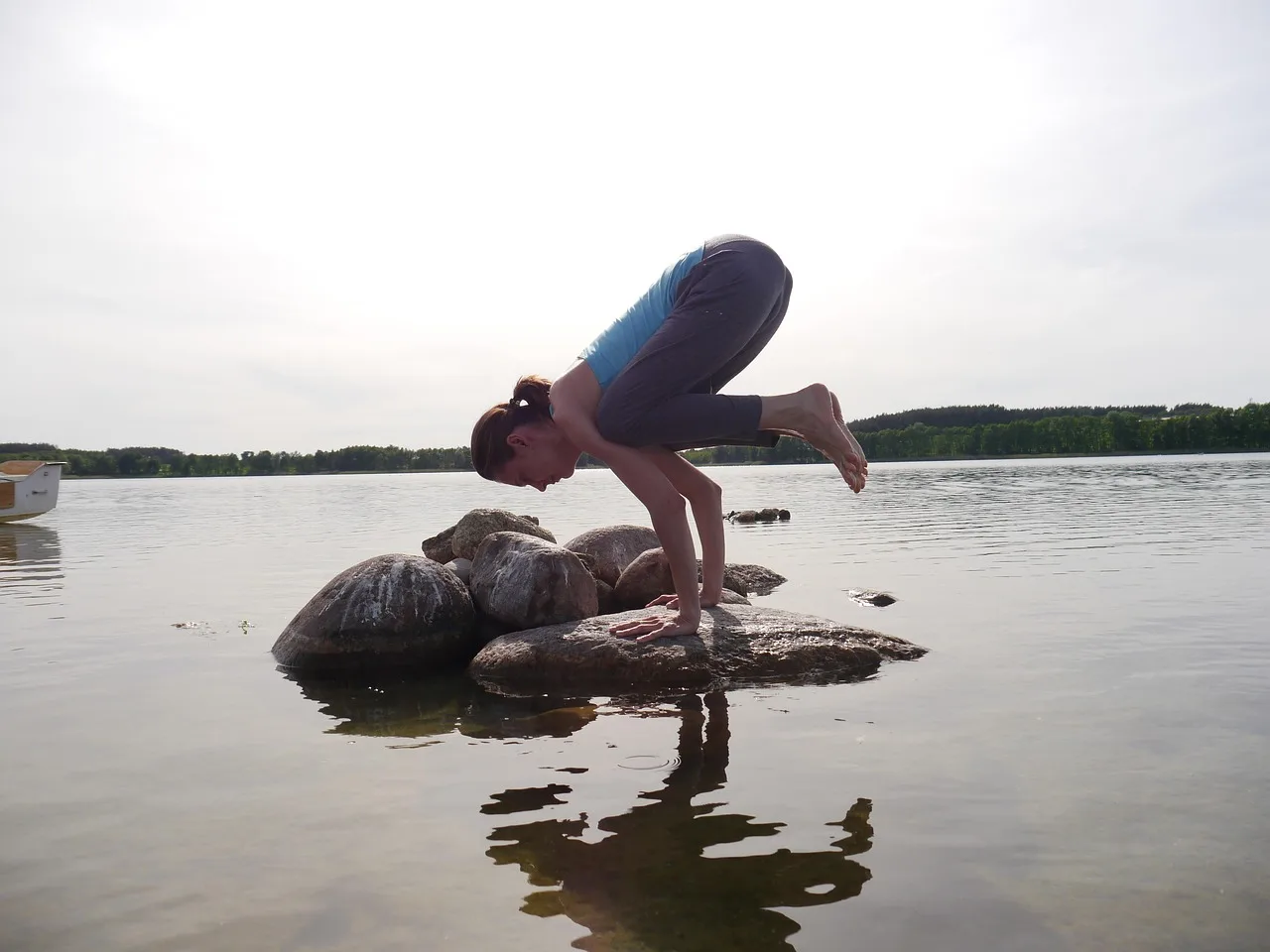Introduction
My name is Hidefumi Otsuka, and I offer Rolfing® sessions in Shibuya, Tokyo.
This three-part blog series explores:
“What can yoga practitioners learn from Rolfing to deepen their practice, prevent injury, and cultivate presence?”
In Part 1, we explored the internal “maps” of the body—body schema and body image—and how realigning sensation and structure brings greater stability to practice.
In Part 2, we turn to the theme of breath. By introducing the concept of Tonic Function, which lies in the deep layers of the body, we’ll look at how to refine the quality of poses, prevent injuries, and enter deeper states of presence through practical application.

What is Tonic Function?
Tonic Function is a key concept developed by Hubert Godard, a Rolfing instructor and movement theorist who profoundly influenced Rolf Movement™ sessions.
It describes how the body coordinates itself under the influence of gravity. In particular, it focuses on which muscles are recruited when the body relates to gravity, and how they function to provide stability and support.
The Difference Between Tonic and Phasic Muscles
- Tonic muscles are those that activate continuously and unconsciously to support posture and core stability. They are fatigue-resistant and essential in functions like breathing and upright standing.
- Phasic muscles activate intermittently and consciously, generating movement such as lifting, walking, and jumping. They tire more easily and are designed for short bursts of activity.
Chronic tension in the shoulders or lower back often results from overuse of phasic muscles, compensating for underactive tonic muscles. Ideally, yoga and Rolfing aim to awaken and restore the sensory and functional role of tonic muscles.
In Rolfing, this is approached by enhancing sensory awareness of the feet, retraining inner thigh and pelvic floor muscles, and improving unconscious postural support from within.
In yoga, the Tadasana (Mountain Pose) is a powerful way to re-engage tonic muscles. By focusing on even weight distribution across the soles of the feet and breathing mindfully, muscles like the erector spinae and transverse abdominis naturally reawaken.
“Tonic function is not a posture but a coordination in gravity.” — Hubert Godard
In other words, tonic function is not about holding a rigid shape, but developing the capacity to move in harmony with gravity, not against it.
This is why even in yoga asana, what matters is not static stillness but dynamic structural responsiveness in relationship with breath.
Coordinating with Gravity
Rolfing teaches that:
“When the body gets working appropriately, the force of gravity can flow through. Then, spontaneously, the body heals itself.” — Ida Rolf
When the inner balance between stability and mobility is restored, breath becomes freer, movement more fluid, and the sense of “being at ease in oneself” more accessible.
Breath Reveals Structure
The quality of your breath honestly reflects the state of your structure and nervous system.
Shallow, rapid, or frequently interrupted breathing often signals sympathetic dominance, muscular bracing, or poor postural alignment.
Excessive tension in the abdomen, reduced diaphragmatic mobility, or tightness in the neck and shoulders disrupts the natural wave of breath. This is precisely what pranayama (yogic breathwork) seeks to address.
However, simply trying to “breathe deeply” or “exhale slowly” intentionally is not enough to create lasting change in breathing patterns.
Breath and the Bohr Effect: McKeown’s Perspective
From a scientific standpoint, Patrick McKeown explains in The Oxygen Advantage that oxygen delivery is influenced not just by how much air we take in, but by carbon dioxide levels in the body:
“A reduction in carbon dioxide leads to decreased oxygen delivery to tissues.” — Patrick McKeown
This phenomenon is known as the Bohr Effect.
When breathing becomes too fast or hyperventilation occurs, CO₂ is expelled excessively, leading to reduced oxygen availability in the tissues, resulting in fatigue, brain fog, or poor focus.
Training the body to tolerate more CO₂—through slow nasal breathing or breath-holding practices—can improve the quality of respiration and overall performance.
In yoga, practices like Nadi Shodhana (alternate nostril breathing) gently build CO₂ retention and activate the parasympathetic nervous system. Likewise, Kumbhaka (breath retention) helps increase CO₂ levels and thus enhance oxygen uptake at the cellular level.
These traditional techniques offer profound validation through modern respiratory science, bridging ancient wisdom and contemporary physiology.
Integrating Breath, Posture, and Presence
Whether through pranayama or Rolfing touch, these breath-based practices share a core goal:
- Enhancing interoception (inner body awareness)
- Regulating the autonomic nervous system
- Opening up an inner space of presence
Interoception refers to the ability to sense inner states such as organ movement, fascia, and breath. It is the foundation of somatic self-regulation.
Yoga and Rolfing alike cultivate this sensitivity—not through external alignment alone, but by reconnecting with the body from within. Presence grows from the inside out.
As Jeff Maitland writes:
“Right action arises when we allow what is to show itself.” — Jeff Maitland
Deep breath and postural integrity form the gateway to this quality of presence—not as something we do, but something we allow to emerge.
Conclusion: Breath Is a Relationship with Structure
- Breath is not just “lung movement,” but a coordinated full-body event
- Tonic Function fosters posture as cooperation with gravity, not resistance
- The Bohr Effect and CO₂ sensitivity reveal deep links between breath and nervous system
- Presence means restoring a space within the body where breath can simply occur
References
- Patrick McKeown, The Oxygen Advantage
- Jeff Maitland, Embodied Being, Spacious Body
- Ida Rolf, Rolfing and Physical Reality

